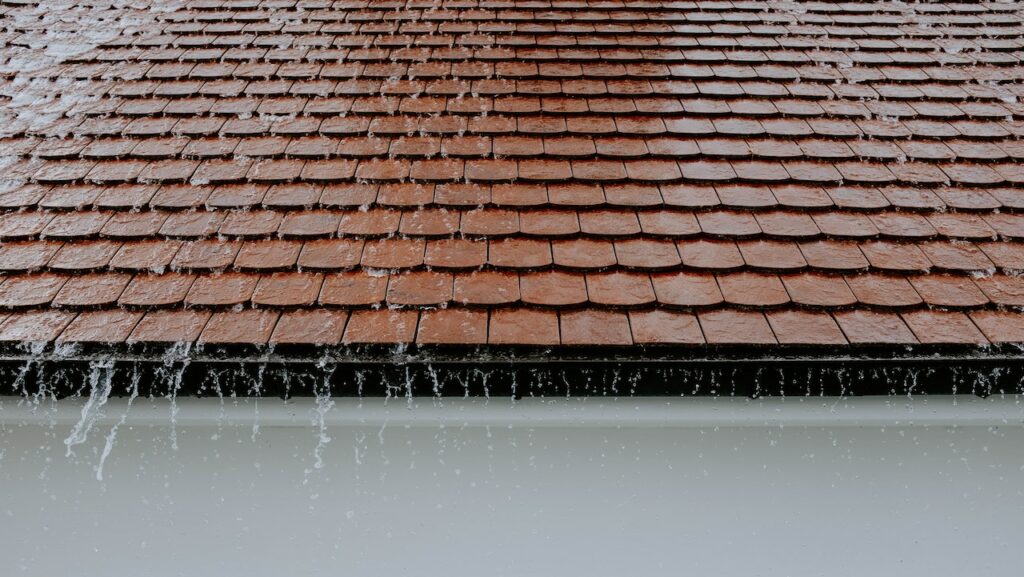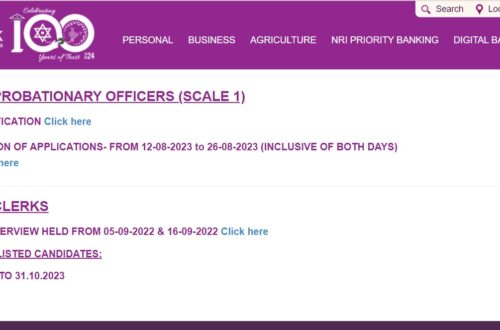Unlocking the Roof Replacement Coverage: How to Get Insurance to Pay

Your roof shields your home from the elements, but when it’s damaged, the cost of replacement can be daunting. Fortunately, homeowners’ insurance can come to the rescue. In this blog post, we’ll guide you through the steps on How to get Insurance to Pay for a Roof Replacement.
How to Get Insurance to Pay for Roof Replacement | Steps to Follow
Getting insurance to pay for a roof replacement typically involves the following steps:
1. Understand Your Insurance Policy
Before you start the claims process, it’s crucial to understand your homeowners’ insurance policy. Familiarize yourself with the coverage, including what types of roof damage are included, your deductible, and any coverage limits.
2. Document the Roof Damage
When damage occurs, document it meticulously. Take clear photos and videos from multiple angles, capturing all affected areas. Include shots of interior damage if there are leaks.
3. Contact Your Insurance Company
As soon as damage occurs, contact your insurance company to report the incident. Prompt reporting is essential. Provide them with details about the damage, when it happened, and how it occurred.
4. Schedule an Inspection
Your insurance company may send an adjuster to assess the damage. Be present during the inspection to ensure all damage is documented accurately. Share your documentation with the adjuster.
5. Review the Adjuster’s Report
After the inspection, the adjuster will provide a report detailing the damage and estimated repair costs. Review this report carefully to ensure it covers all necessary repairs.
6. Obtain Roof Repair Estimates
Seek estimates from reputable roofing contractors. Ensure these estimates align with the adjuster’s assessment. A detailed estimate is crucial for the claims process.
7. Negotiate with Your Insurance Company
If the initial offer doesn’t cover the full cost of the roof replacement, negotiate with your insurance company. Provide them with the roofing contractor’s estimates and any additional evidence of damage.
8. File a Claim
Once you reach an agreement with your insurance company, formally file a claim. Follow their instructions for submitting required documentation, including the repair estimates and photos.
9. Receive Payment
Upon claim approval, your insurance company will issue payment. This can be a lump sum or multiple payments, depending on your policy and repair scope.
10. Select a Reputable Roofing Contractor
Choose a licensed and insured roofing contractor to perform the replacement. Ensure they have experience with insurance claims and can work within your budget.
11. Complete the Roof Replacement
Work closely with the roofing contractor to complete the replacement as per the agreed-upon scope of work. Keep records of all communication, invoices, and receipts.
12. Document the Repairs
Maintain records of all repair-related documents, including invoices, receipts, and before-and-after photos.
13. Submit Proof of Completion
Provide your insurance company with proof of completion and any required documentation to close the claim.
14. Final Inspection
Your insurance company may conduct a final inspection to ensure the repairs were completed as agreed.
NOTE: It’s important to note that insurance policies vary, so what is covered, and the claims process may differ from one policy to another. Additionally, some damage, such as normal wear and tear, may not be covered. Always consult with your insurance company and a roofing professional for guidance specific to your situation.
(FAQs) About Getting Insurance to Pay for Roof Replacement

Explore these common questions to gain a deeper understanding of the process of getting insurance to cover your roof replacement costs.
Q1: Does homeowners’ insurance cover roof replacement?
– A1: Yes, homeowners’ insurance can cover roof replacement, but it depends on the cause of the damage. Damage from covered perils, like storms or fires, is typically covered, while wear and tear is not.
Q2: How do I document roof damage for my insurance claim?
– A2: Documenting roof damage involves taking clear photos and videos of the damaged areas. Include close-ups and wide shots to provide context. Interior damage caused by leaks should also be documented.
Q3: What should I do if the adjuster’s estimate is lower than my roofing contractor’s estimate?
– A3: If there’s a discrepancy, negotiate with your insurance company. Share your roofing contractor’s estimate and any additional evidence of damage to support your claim.
Q4: Can I choose any roofing contractor for the replacement?
– A4: You can choose any roofing contractor, but it’s advisable to select a reputable, licensed, and insured contractor with experience in insurance claims to ensure a smooth process.
Q5: How long does the insurance claim process typically take?
– A5: The timeline varies but can take a few weeks to several months. The complexity of the claim and your insurance company’s processes influence the duration.
Q6: Will my insurance premiums increase if I make a roof replacement claim?
– A6: Making a roof replacement claim may lead to increased premiums, but it depends on your insurance company and the circumstances. Some insurers offer “claims forgiveness” for the first claim.
Q7: What if my roof damage is due to wear and tear or lack of maintenance?
– A7: Roof damage from wear and tear or lack of maintenance is typically not covered by homeowners’ insurance. Regular maintenance is essential to prevent such issues.
Q8: Can I file a claim for a partial roof replacement or repair instead of a full replacement?
– A8: You can file a claim for a partial roof replacement or repair if the damage is limited. Your adjuster will assess the extent of the damage and determine the appropriate coverage.
Q9: What if my roof is older? Will insurance still cover it?
– A9: The age of your roof can impact coverage. Insurance companies may pro-rate coverage based on your roof’s age. Be prepared for potential out-of-pocket expenses.
Q10: Are there any preventive measures to avoid insurance claim denials?
– A10: Regular roof maintenance and inspections can help detect issues early. Addressing minor problems promptly can prevent larger, more costly damage and potential claim denials.
Navigating the insurance claim process for roof replacement can be complex, but understanding the basics and seeking professional guidance can help ensure your home remains protected.
Conclusion
Getting insurance to pay for a roof replacement requires careful documentation, negotiation, and adherence to the claims process. By understanding your policy, providing evidence, and working with professionals, you can secure the financial assistance you need to safeguard your home.





